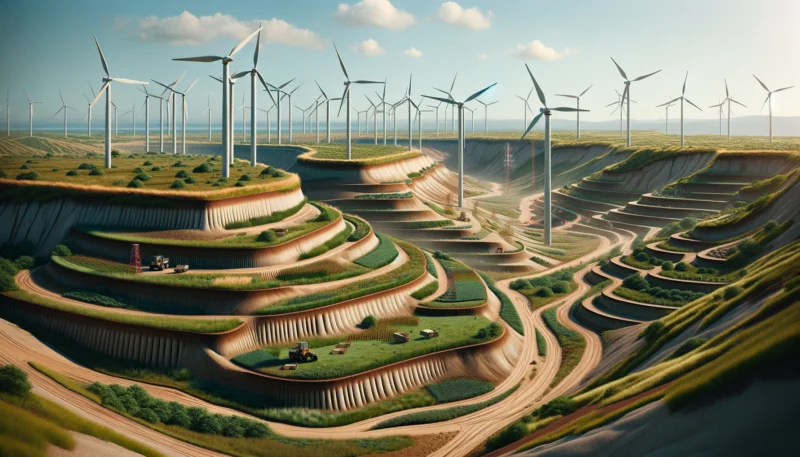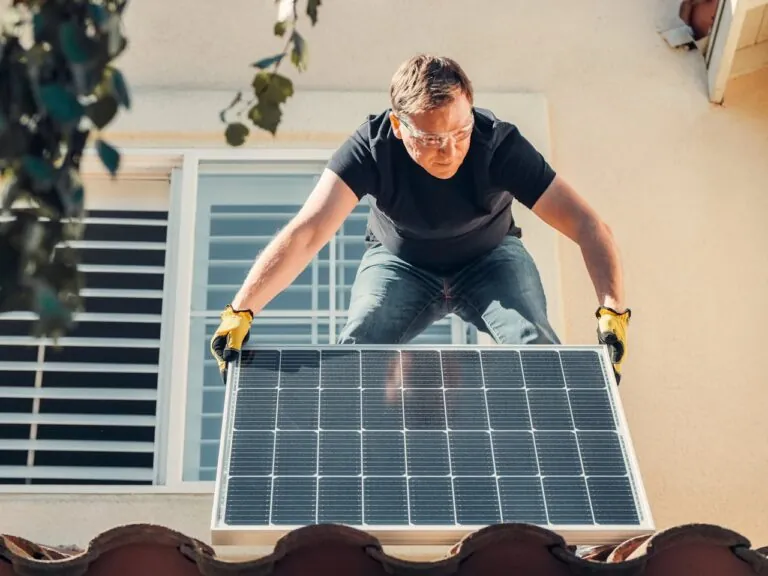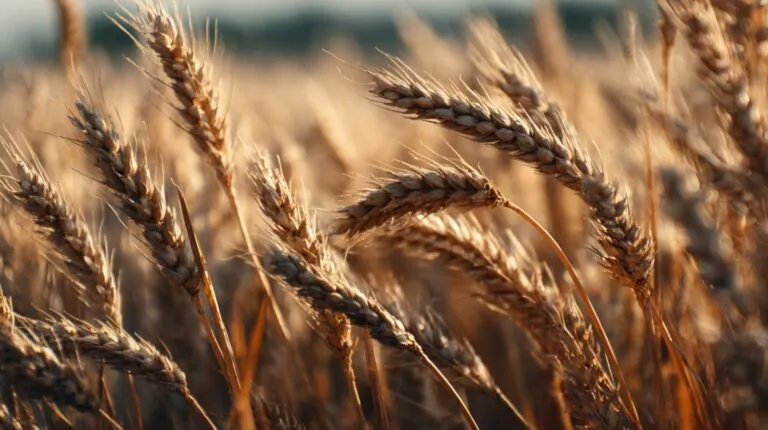Preventing wind turbine blade erosion is crucial for maintaining the efficiency and longevity of wind turbines. Erosion can significantly impact turbine performance, leading to decreased energy output and increased maintenance costs.
Addressing the causes of erosion can help enhance the lifespan of wind turbines and ensure more consistent energy production.
Erosion Control Methods

Erosion control methods are essential for maintaining the structural integrity and performance of wind turbine blades.
By addressing erosion, operators can significantly extend the lifespan of turbine blades, improve efficiency, and reduce maintenance costs.
The following are key strategies for effective erosion control:
Protective Systems for Blade Leading Edges
The leading edges of wind turbine blades are particularly susceptible to erosion due to their exposure to environmental elements and high-speed impacts.
Protective systems, handled by an experienced technician, are designed specifically for these areas and are among the most effective solutions:
- Specialized Tapes:
- These are applied to the leading edge of the blades to provide a flexible and durable protective layer.
- Leading edge tapes are designed to absorb impacts and resist wear, reducing the rate of erosion.
- They are easy to apply and can be replaced as needed.
- Shields:
- Protective shields made from tough, erosion-resistant materials can be attached to the leading edges.
- These shields deflect the impact of particles, preventing damage to the underlying blade material.
- Coatings:
- Specialized coatings can be applied to the leading edges to create a hard, protective barrier.
- These coatings are designed to withstand the high impact of particles and environmental elements.
Leading Edge Protection (LEP) Systems
Leading Edge Protection (LEP) systems are designed to shield the most vulnerable parts of the blade.
These systems can be applied as a retrofit to existing turbines or integrated into new blade designs.
LEP solutions include:
- Nickel-Cobalt Tiles:
- These tiles offer high resistance to abrasion and impact.
- They are applied to the leading edges and provide a robust protective barrier that significantly reduces erosion.
- Leading Edge Tapes:
- Providing a flexible yet durable protective layer, these tapes are easy to apply and replace.
- They absorb impacts and resist wear, making them an effective solution for erosion control.
- Leading Edge Epoxies and Coatings:
- These materials offer strong adhesion and durability.
- They can be applied in situ, making them convenient for use on existing turbines.
- These coatings create a hard, protective layer that resists erosion.
Comprehensive Blade Protection
Comprehensive blade protection involves applying specialized coatings that cover the entire blade surface.
These coatings protect against a range of environmental factors, including:
- Rain:
- Coatings designed to resist rain erosion can prevent pitting and material loss caused by heavy downpours.
- Dust:
- Dust-resistant coatings prevent abrasion from particulate matter in the air.
- Ice:
- Ice-resistant coatings help prevent the accumulation of ice and the associated damage when ice breaks off.
The benefits of comprehensive blade protection include:
- Extended Blade Life:
- By protecting blades from erosion, their operational lifespan can be significantly extended.
- Improved Efficiency:
- Erosion control methods help maintain the aerodynamic efficiency of the blades, ensuring consistent energy production.
- Reduced Maintenance Requirements:
- With effective erosion protection, the need for frequent repairs and maintenance is minimized, lowering operational costs.
Causes of Wind Turbine Blade Erosion
Wind turbine blade erosion is primarily caused by a combination of environmental factors and the high rotational speeds at which the blades operate.
These factors contribute to the gradual degradation of blade surfaces, impacting the efficiency and longevity of the turbines.
Environmental Factors
Environmental elements such as rain, dust, ice, and insects play a significant role in the erosion process. Rain, particularly when it occurs in heavy downpours or storms, can have a severe impact on turbine blades.
The droplets, traveling at high speeds due to the wind and the blade’s rotation, strike the blade surface with significant force, causing pitting and material loss over time. Dust and other particulate matter in the air also contribute to blade erosion.
These particles, often composed of sand, dirt, and other debris, act as abrasives when they collide with the blade surface.
Over time, these micro-damages accumulate, leading to more significant erosion. Ice formation is another critical environmental factor.
In colder climates, ice can form on the blades, and as it accumulates, it can create an uneven surface that disrupts aerodynamic efficiency.
When this ice eventually breaks off, it can take chunks of the blade material with it, causing significant damage.
Insects can also impact blade erosion, particularly during migration seasons when large swarms may collide with turbine blades.
While individually, insects cause minimal damage, the cumulative effect of millions of impacts can wear down blade surfaces over time.
High Rotational Speeds
The high rotational speeds of wind turbine blades exacerbate the effects of these environmental factors.
When blades rotate at high speeds, the impact of environmental particles becomes more intense, accelerating the erosion process.
The faster the blades move, the greater the force with which particles strike the blade surface, causing more rapid wear and tear.
This phenomenon is particularly evident in the leading edges of the blades, which are the first point of contact with incoming particles and weather elements.
Combined Effects
The combined effects of environmental factors and high rotational speeds result in a complex erosion process.
For instance, a blade operating in a coastal area may suffer from both salt and sand erosion, compounded by rain and high winds.
The combination can lead to accelerated wear, requiring more frequent maintenance and potentially reducing the blade’s operational lifespan.
Material and Design Considerations
The materials used in blade construction and their design also influence the susceptibility to erosion.
Blades are typically made from composite materials, such as fiberglass-reinforced epoxy, which provide a good balance of strength and flexibility.
Design modifications, such as thicker leading edges or including erosion-resistant materials, can help mitigate these effects but are not foolproof.









